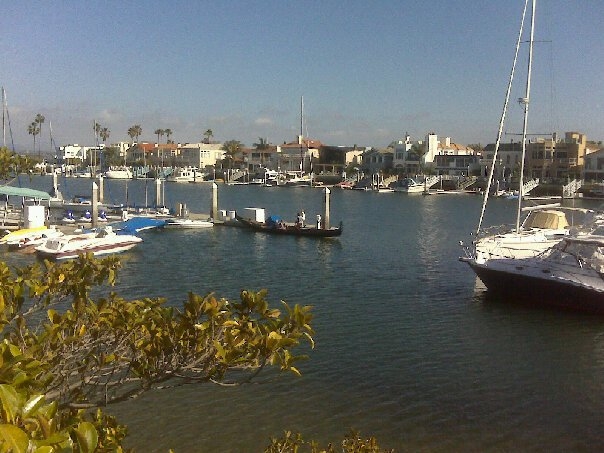Last week’s trip was a success! We had a bunch of normal sales thingamajigs, and while on the east coast, I visited two of my favorite sustainable packaging companies: Ecovative Design and TerraCycle!
As described in April 21st’s post, Ecovative “grows” EPS-like material out of agricultural waste, using mycelium as the “glue” that holds the substrates together. They make everything from packaging materials to insulation to consumer products, like candles and ducks! Here is Myco the duck, courtesy of Ecovative, ha!
Anyway, their facility is super cool and the options are endless with how this new material can be utilized in the market. Check out their website here.
Next we saw TerraCycle, which is based in Trenton, New Jersey. Here are two photos of the office space, mostly assembled from refurbished waste. Cool!
And as previously articulated, TerraCycle partners with brands to re/upcycle hard-to-recycle branded packaging, like Cliff Bar wrappers, Capri-Sun juice pouches, and so on. By setting up collection sites across America and the world—called brigades—TerraCycle is able to collect the quantity necessary to economically justify the reprocessing of it. While everything technically is recyclable, the costs of collection (curb side vs. drop off vs. deposits) and sortation (single stream vs. comingled vs. manual/automated sorting technologies) for multi-material packaging usually exceeds the cost of virgin material/packaging production; this results in the likelihood that said packaging is not being recycled in most American communities. When brands partner with TerraCycle, however, they fund the shipment of the hard-to-recycle post consumer collected packaging to a TerraCycle facility, where it stays until it is re/upcycled into new products/packaging/material. Part of the fee for partnering with TerraCycle also goes into R&D to better understand how to get the most value out of the collected “waste” and PR, so that the partnered brands receive the marketing collateral inherent in such a warm and fuzzy initiative.
Check out their website here.
We went to TerraCycle to see if there would be any application for our two companies to play together. As those who follow my blog know, I have been working on a clamshell recycling initiative for almost two years. While I have focused mostly on a very macroscopic, infastructural approach to recycling, that is, working within the existing tax-funded waste management hierarchy of specs, bales, sorting and so on, I thought I would also investigate a more privatized approach in hopes that the reality of recycling clamshell packaging would be more aggressively pursued. I will keep you posted!
That night I attended a fiesta at TerraCycle CEO Tom Szaky’s house and being that it was “International Week” at Terracycle, which means all the international TerraCycle offices were in Trenton, I got to meet environmentally conscious people from all over the world! It was so cool!
And on the note of recycling, Dordan CEO Daniel Slavin was quoted in not one but TWO PlasticsNews articles! The first, “ Recyclers See Hope in Third Recycling Stream,” discusses the potential of increasing the supply of post consumer resins available for remanufacture; the second, “ Consolidation Ahead for PET Recyclers?” discusses the market realities of PET recycling.
Neato! We are making progress!


